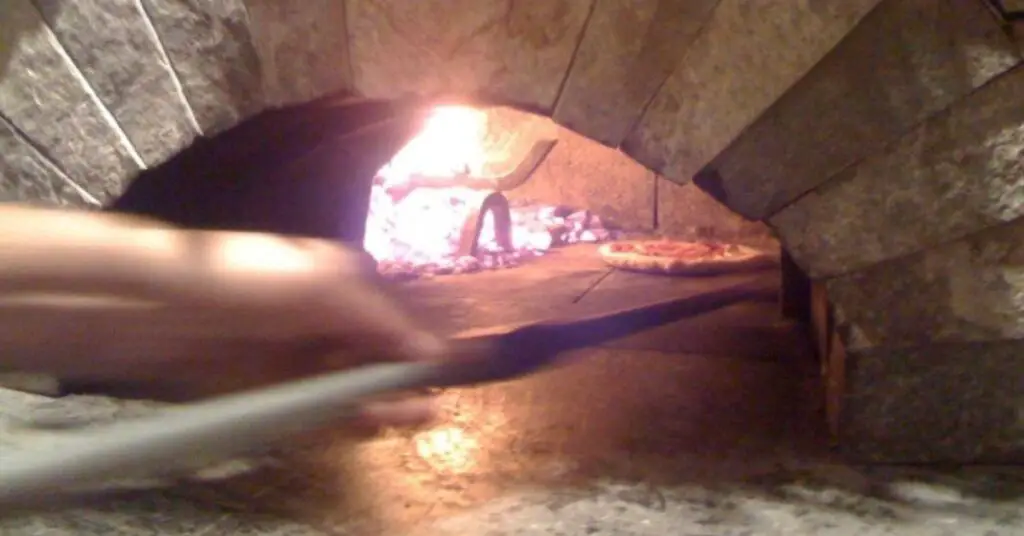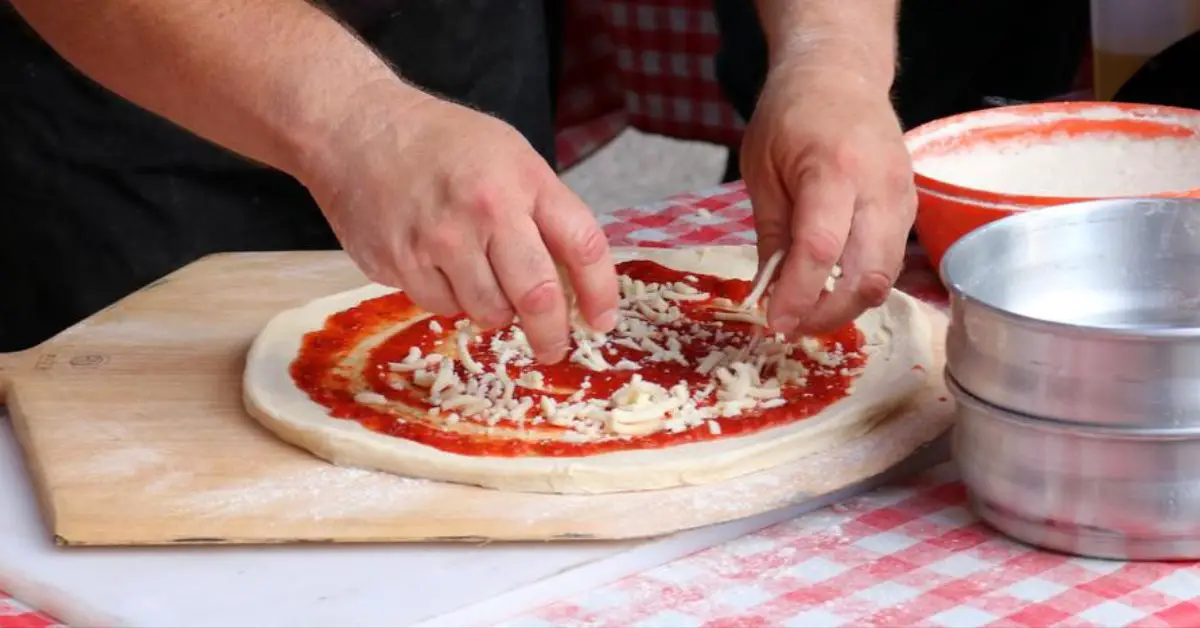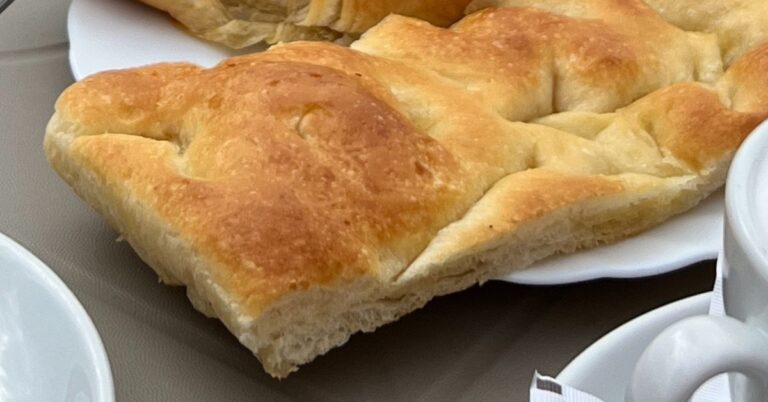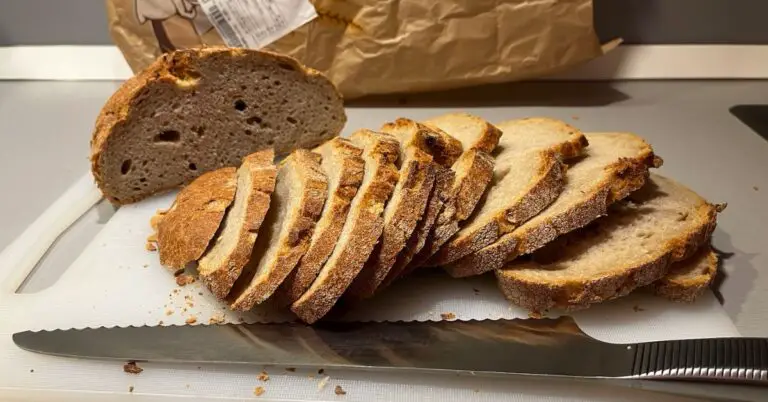Pizza, in whatever country it is cooked triggers passion, discussions, and above all questions and curiosity, one thing in particular, however, triggers questions: the shape of Neapolitan pizza and its origins.
In the collective imagination, pizza is always round, so why is the circle shape the best known?
More importantly, does the round shape affect its flavor or baking? Also, has pizza historically always been round?
In this post, I will answer all these questions, but first, let’s clarify point by point the advantages and practical reasons why pizza is made round.
Actually, Neapolitan pizza is round for 3 reasons:
- Dough and making: a round pizza is more convenient to make. In fact, the pizza maker when making his pizza begins by working and flattening a ball of dough that becomes round, spinning it on his fists and in his hands. Thanks to these gestures from the centrifugal force, the dough stretches and adopts the desired shape, a circle in fact.
- Baking and handling in the oven: once the dough has been seasoned, the pizza is placed in the oven, here it will bake thanks to the heat of the wood reflecting off the dome of the oven, so here is where the round shape comes in handy again. Baking will be even as the pizza has no corners, therefore will be equidistant from the oven walls. In fact, many wood-fired pizza ovens have a round shape.
- Dividing into equal parts and sharing: a circle is easily divided into slices and therefore easily shared into equal parts. Pizza has become the ultimate street food in part because of the ease with which it is divided and shared. By cutting a pizza with a simple crosscut, you divide it into four equal slices, the same portion of the crust, and the toppings part.
History of Neapolitan Pizza: has it always been round?

The typical round shape of pizza was actually inherited from other forms of baking, baked goods that are real ancestors of the Neapolitan pizza we know today.
Ancestors of pizza: Mesopotamia, Greece, or Germany
To understand today’s pizza and its shape, we would have to go back more than 3,000 years and travel to the lands of the Assyrians in northern Mesopotamia. Their specialty called lahmacun which meaning would be “meat on dough” was a thin dough topped with meat, still known today as Turkish pizza.
But even in ancient Greece people ate pancakes made with flour, water, and herbs. At that time pizza could take different shapes and be eaten with salt or sugar.
To this day in Greece, you can still find pita which would be a thin Turkish bread that accompanies meals, it was the basis of the meal of the poor, the dough, therefore, was topped with whatever you could, before or after baking.
Hence, the etymology of the word “pizza” may have originated from the Greek word “pita” meaning “pancake”.
But this is not the only interpretation, according to others the origin would come from the German word bizoo, meaning “piece of bread.”
As you will understand, it is difficult to agree even on the origin of the word, since we are talking about a dish that resembles many baked goods that we still find in the Mediterranean basin.
The beginning of the Neapolitan pizza
But let us now come to the Neapolitans; they were the first to come up with the pizzas that would become the round pizzas we know today.
In a context of poverty and popular catering, the bakers of the 16th century were already offering, to those who could not eat at home, a simple round dough very similar in shape to today’s pizza. In the 17th century, lard, cheese, and basil were added to the flavor and embellish the dough; these are the first steps of white pizza, without tomato.
Pizza did not meet the tomato until the 18th century, and in a short time, it became the star of Neapolitan street food, becoming a favorite dish because of its taste, classic round shape, and low cost.
That century saw a proliferation of bakeries producing pizzas with tomatoes; many of these street vendors offered pizzas on the street, folding it into four in the shape known today as pizza a portafoglio that means wallet pizza.
Despite its great popularity in this city, pizza remained unknown in the rest of Italy and the world for a long time.
The first true Neapolitan pizza in history
This dish for the poor met its first real success thanks to a nobleman who came to the city, thanks to Queen Margherita’s visit to Naples in the 19th century. To overcome the routine of French cuisine, the king had a variety of pizza made for her.
It was pizzaiolo Raffaele Esposito of Pizzeria Brandi who prepared a round pizza in the colors of the Italian flag. The green was basil, the white was mozzarella, and the red of course was tomatoes.
This pizza was so appreciated by the queen that it was named Pizza Margherita in her honor.
So what was the original shape of pizza?
From that moment there was no doubt about the shape, the real Margherita pizza had to be round, exactly like the one served to the queen.
Are all pizzas round?
Not all Italian pizzas have the classic round shape, in fact in Rome for example, it is very common to find square or rectangular pizzas.
Calzone pizza is also another well-known example of a pizza that is not round, in fact, it is a pizza folded in two on itself, thus taking the shape of a half moon. This pizza can have all the ingredients of a classic pizza inside it.
It should be noted, however, that if we are talking about Pizza Napoletana, the only shape allowed is always and only round.
Why do round pizzas come in square boxes?

Do you want to understand why round pizzas always have a square cardboard box for transport?
The answer is functionality, and specifically, there are 4 functional reasons:
- First, it is easier to produce square boxes than round boxes. In general, square boxes fold and so you gain convenience and space. A round shape would be a disadvantage in this case.
- Second, the square box saves time in the kitchen. In fact, because of the width of the square, you place the pizza in it very easily.
- It is also an advantage while eating pizza. It will be easier to grab a piece of pizza because of the flared corners of the square box.
- Finally, transportation will also be more convenient: the square box has more grip points and reduces the risk of shifting in the deliveryman’s trunk while carrying the pizza.



![Do Italians put Parmesan on pizza? [better read here]](https://whyitalians.com/wp-content/uploads/2022/10/neapolitan-pizza-768x402.jpg)


